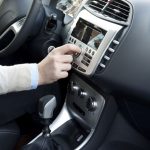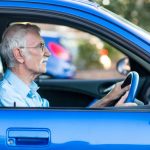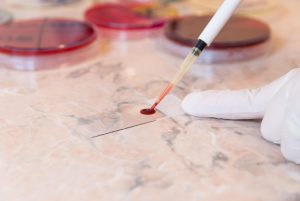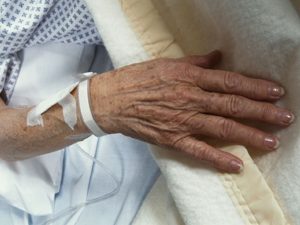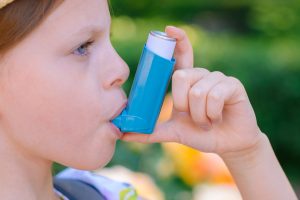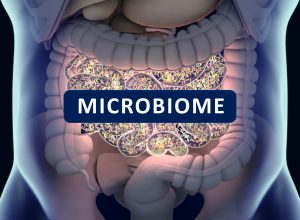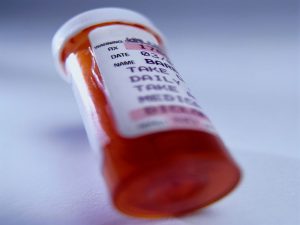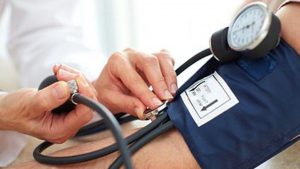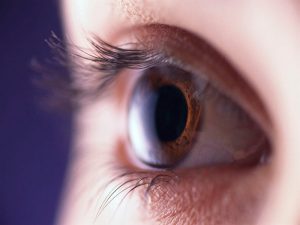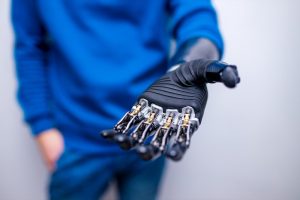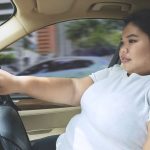
Being obese and commuting by car can be a deadly mix, a new study warns. Researchers analyzed data on more than 163,000 adults, aged 37 to 73, in the United Kingdom. The participants were followed for an average of five years. Compared to people of normal weight who walked or cycled to work (active commuters), those who were obese and commuted by car had a 32% higher risk of early death from any cause; twice the risk of dying from heart disease; and a 59% higher risk for non-fatal heart disease. Obesity was defined by the researchers as having a body mass index (BMI) of more than 30. BMI is a measure of body fat based on height and weight. As an example, a person who is 5 feet, 9 inches tall weighing 204 pounds has a BMI of just over 30. The study also found that overall risk of early death among obese people who were active commuters was similar to that for active commuters whose weight was normal. That suggests cycling or walking to work could reduce the harmful effects of obesity. However, the risk of heart disease was still 82% higher for obese active commuters than for normal-weight active commuters, researchers said. “Our findings, if causal, suggest that people with overweight or obesity could potentially decrease the risk of premature mortality if… read on >











